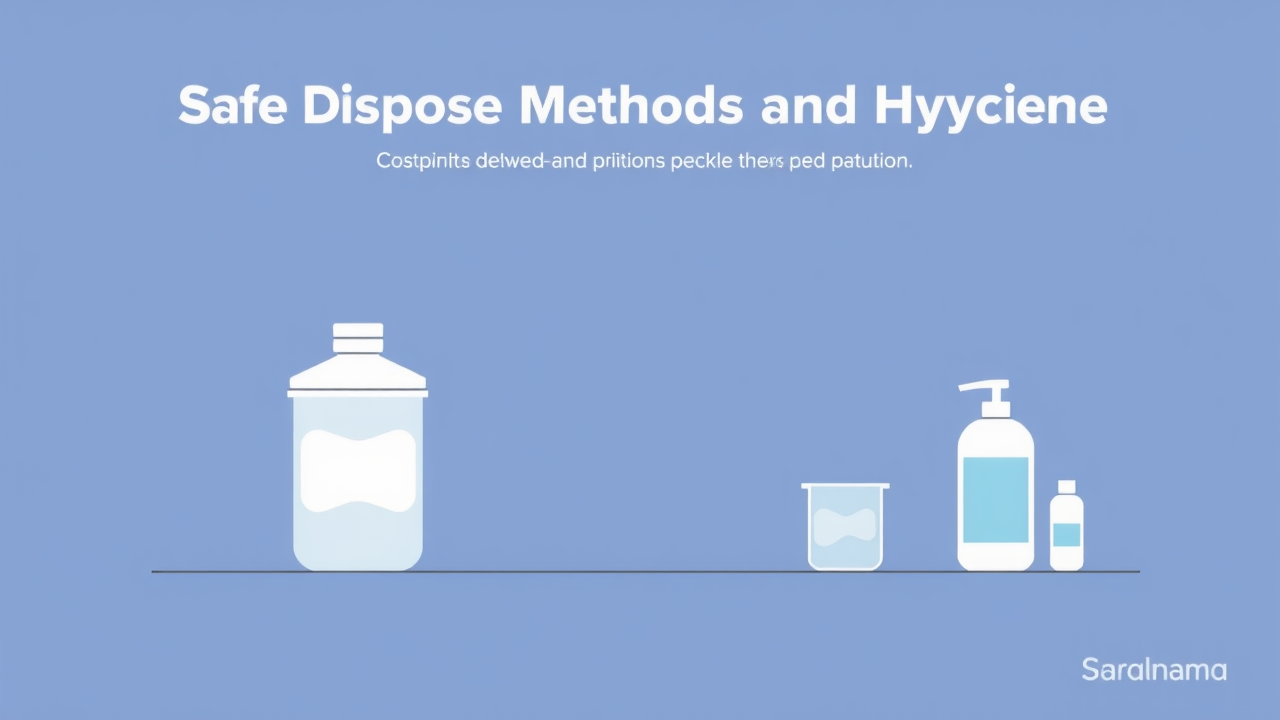Improper disposal of used condoms poses serious health, environmental, and sanitation challenges. Condoms are non-biodegradable and can take years to decompose, contributing to mounting waste management problems. With global male latex condom production exceeding 10 billion annually, responsible disposal is essential. Used condoms contain bodily fluids that can harbour bacteria, viruses, and other germs, posing infection risks, especially for diseases transmitted through body fluids like HIV. They should never be left in open spaces where children or others might accidentally touch them. Flushing condoms down toilets is also harmful, as they do not dissolve in water and can block sewage systems, potentially reaching rivers and oceans where marine animals mistake them for food. Sanitation workers face occupational hazards when handling improperly discarded condoms. Experts recommend tying the open end into a knot, wrapping it securely in tissue or paper, and disposing of it in a closed dustbin.

Safe Disposal Methods and Hygiene Precautions
The safest way to dispose of a used condom involves careful handling. According to Dr Prashant Jain, Associate Director of Urology at PSRI Hospital, one should tie the open end into a knot to prevent semen spillage during removal. The condom should then be wrapped securely in tissue paper, newspaper, a paper bag, or biodegradable waste paper before discarding it in a closed dustbin. Never flush condoms down the toilet, as they do not dissolve in water and can block sewage systems, leading to plumbing damage and increased risk of waterborne diseases. Flushed condoms may also reach rivers or oceans, where marine animals can mistake them for food, causing ecological harm.
Source: Link
